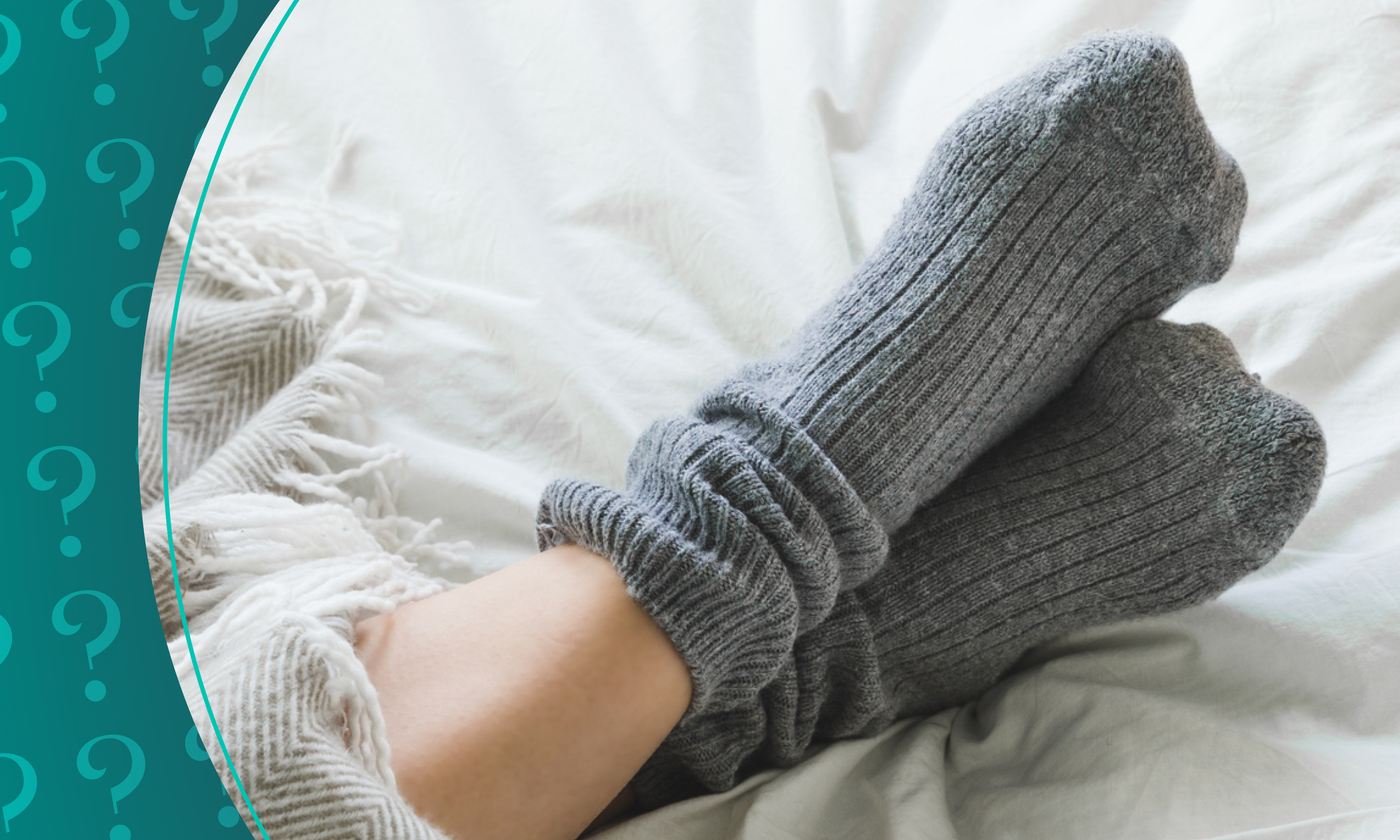Foot health may not be something you commonly check in on. But if you find yourself routinely having cold, numb, or tingling feet, it may be worth paying attention to — these can be signs of poor circulation. While it may not sound like a big deal, it can be a sign that something larger is going on. We caught up with Jacqueline Prevete, DPM, a podiatrist at Foot and Ankle Surgeons of New York, to learn about the symptoms of poor circulation in feet, and how to handle it if you think it’s happening to you.
What are signs of poor circulation in my feet?
“For the most part, really bad circulation can manifest itself in lower leg pain, buttock pain, tiredness, [and] fatigue when walking,” says Prevete. The other signs she looks for are thin, shiny skin and lack of hair growth. “Hair growth is a big one, believe it or not … you'll not only see lack of hair growth on the foot, but lack of hair growth that actually comes up onto the leg.”
Aside from being painful, having poor circulation in your feet can make cuts and wounds take longer to heal, which can open you up to infections, she says. Other common poor circulation symptoms in feet include:
Numbness in feet
Pins and needles sensation
Cold feet
Skin discoloration
Swelling
Weak toenails
Featured Expert:

Jacqueline Prevete, DPM - A podiatrist at Foot and Ankle Surgeons of New York.
What causes poor circulation in feet?
Poor foot circulation means that your blood is running into obstacles between your heart and your feet. Circulatory diseases, diabetes, high blood pressure, and artery disease are all conditions that can contribute to poor circulation. Raynaud’s Disease in particular is a phenomenon that typically affects young women. “[Raynaud’s Disease] means that these tiny little blood vessels that are going to the toes specifically can spasm and can be affected temporarily. Temperature dictates this a lot of the time too,” she says.
Plus, circulatory issues can point to a larger health issue such as diabetes or heart issues. “The arteries that affect the heart are very similarly affected in the lower leg,” says Prevete.
How to improve circulation in feet
Poor circulation issues should be addressed by a doctor, says Prevete. They can run tests to determine if you have circulatory issues and provide treatment. "Even if [you] don't think it's severe enough to do anything about, [poor circulation] should be tracked because once it does become compromised, it's a lot harder to rebound from it later," says Prevete.
Walking and moving your feet are key to improving circulation, says Prevete. This is especially important for someone who’s recently had surgery on the area. Massaging your feet, wearing compression socks, staying warm, and avoiding substances that constrict your blood vessels (think: alcohol, nicotine, and caffeine) can also help improve circulation.
Ask an Expert is for informational purposes only, does not constitute medical advice, and is not a substitute for professional medical advice, diagnosis, or treatment. Always seek the advice of your physician, mental-health professional, or other qualified health provider with any questions you may have regarding a medical condition. By submitting a question, you are agreeing to let theSkimm use it—in part or in full—and we may edit its answer for length and/or clarity.
Live Smarter
Sign up for the Daily Skimm email newsletter. Delivered to your inbox every morning and prepares you for your day in minutes.






